April 18, 2024
Age in Place Longer – Part II
Last week, I reacted to an article about Boomers staying in their homes longer and what changes in our lifestyles might be contributing to the extended age-in-place phenomenon. Technology and less reliance on driving have allowed us to remain independent for longer – that’s always worth celebrating!
But is there more that we should be looking at in the housing industry to increase wellness? Let’s tackle four different categories.
What Else to Consider
- Whole house Wellness
- Biophilia
- Promoting Fitness
- Pet Friendly homes and communities
Whole House Wellness
Naturally, wellness can not only contribute to staying in place longer but also staying around longer. Whole house wellness should include better water and air purification.
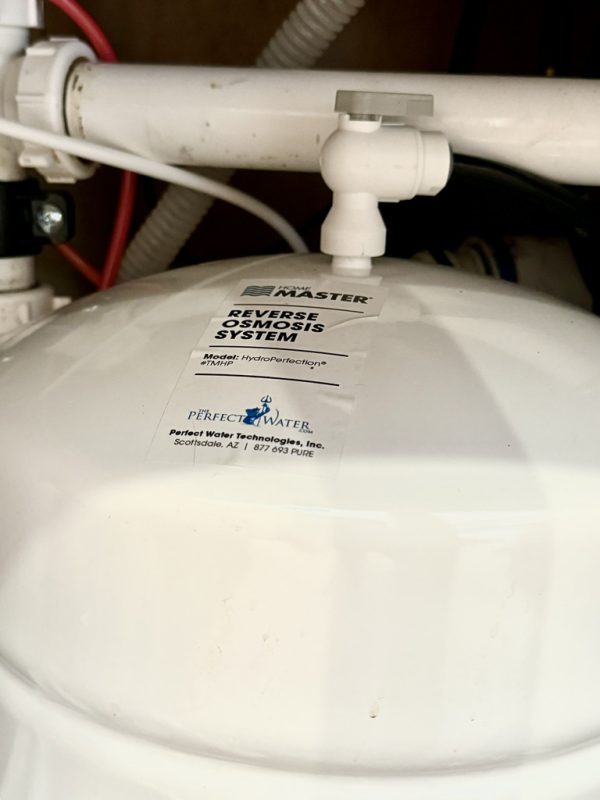
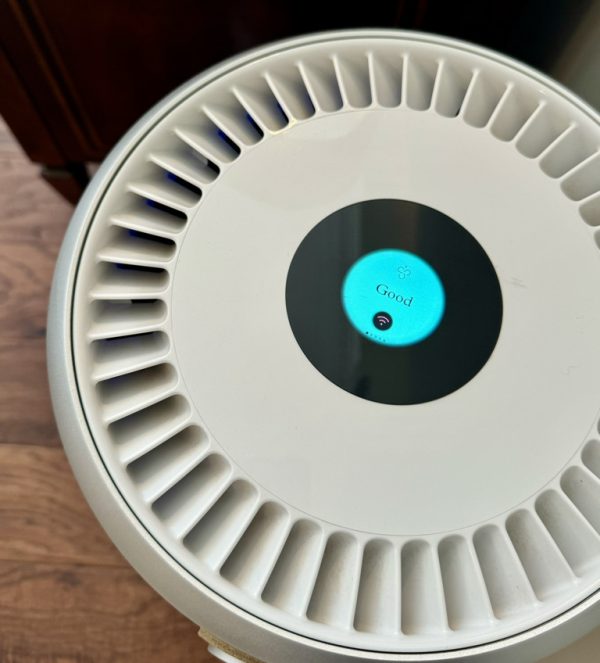
It should also include reducing toxic building components and finishes that use gas including paints, carpet, insulation, etc. An awesome resource for this is Wellness Within Your Walls.
Biophilic Designs
This is a relatively new concept that promotes connecting to the natural environment. This should include natural lighting, fresh air ventilation, and views to natural landscape features. I’m told it should stimulate all 5 senses: sight, smell, touch, taste, and hearing. Perhaps this is why outdoor living has such great appeal to all ages.
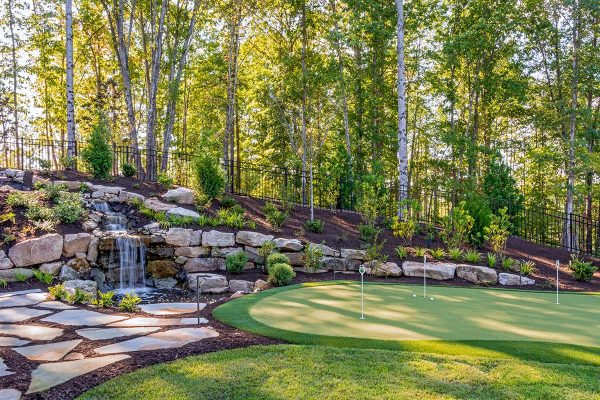
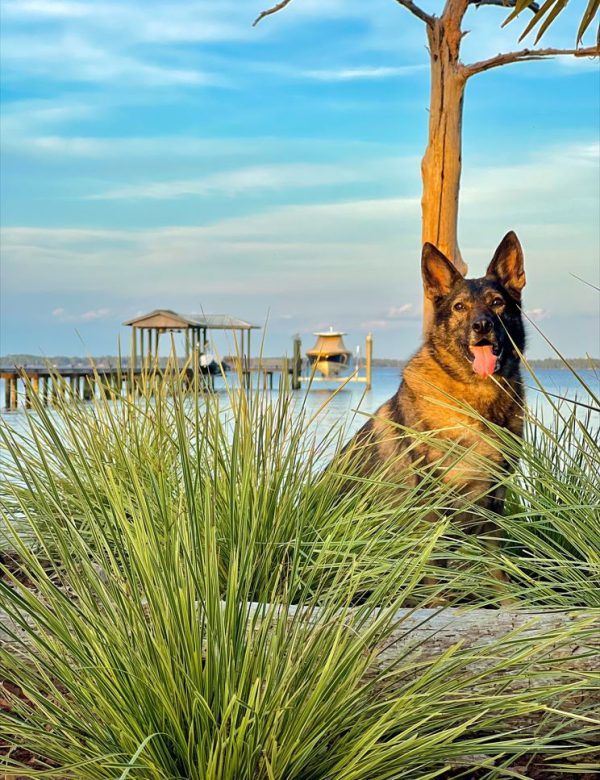
It is so uplifting to sit on my back porch on natural fabric, listening to the birds and the soothing sound of water, seeing the amazing spring colors, and smelling the fragrant jasmine vine for four of the senses. I haven’t figured out the taste part yet… Does drinking wine count?
Fitness
There is a ton of research suggesting increased physical fitness at all ages leads to longevity. Starting with the basics, aging adults need to focus on their core strength to aid in their balance and help prevent falling. Additionally, strength training helps to slow debilitating conditions like osteoporosis. Indeed, there is an entire series of books called Younger Next Year (A guide to living like 50 until you’re 80 and beyond) that highlights many of the attributes of living strong.
Promoting fitness in our 55+ communities is certainly one aspect. Many incorporate walking trails in the community designs. Offering yoga on the lawn is a great way to strengthen the core and enhance biophillia. But access to strength training equipment within the community and even trainers take it a step further.
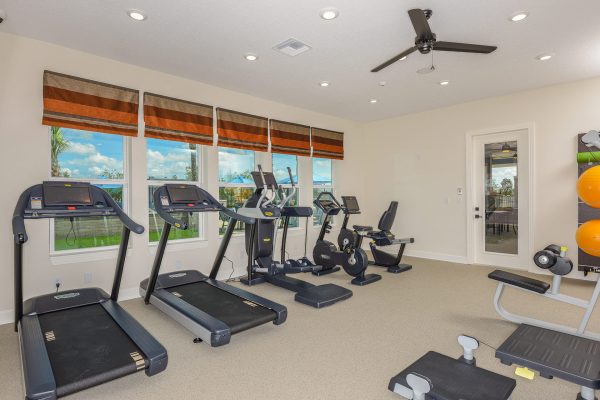
Inside the home, I am a huge fan of including stairs in our 55+ designs for things like exercise rooms. Be sure the stairs include a landing and step lights.
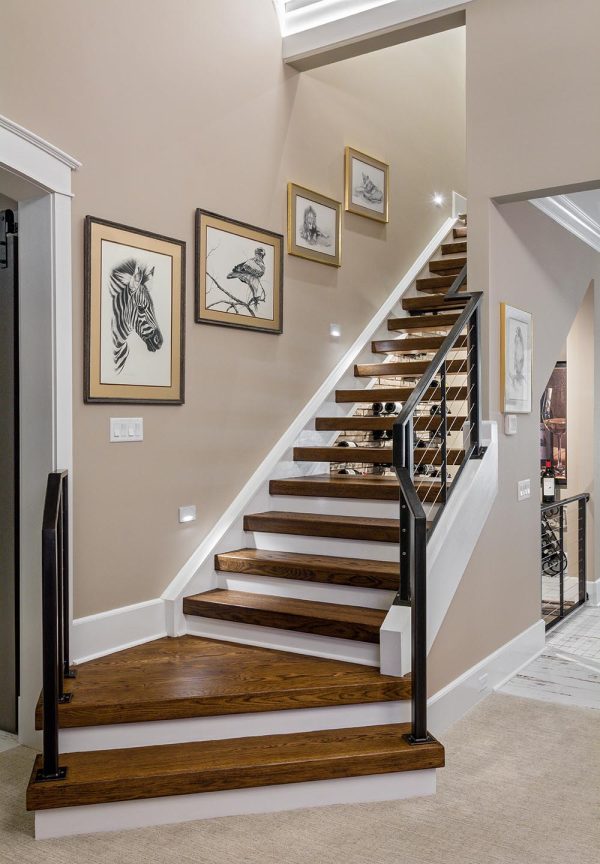
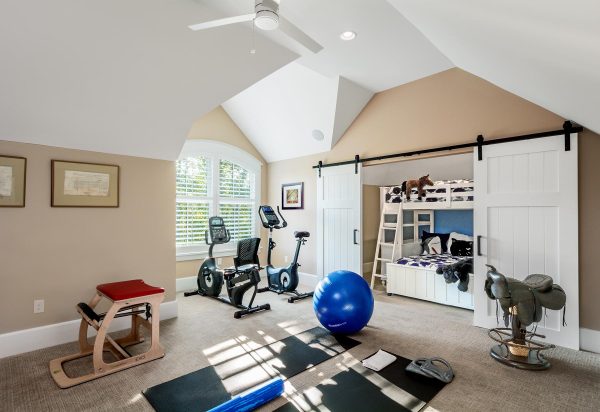
Pet Friendly
Pets play a huge part in wellness for aging adults. For many, it gives them purpose. After a life of caring for children, these furry creatures become their surrogate children. In the case of a widow or widower, it may be their only in-home companion. Dogs also give owners a reason to go for a walk outside, another contributor to increased fitness and well-being.
A pet-friendly house might include luxury vinyl plank flooring that is waterproof and scratch resistant. If a dog needs a kennel, the storage under the stairs is a perfect out of the way (and sight) solution. Finding a place for the cat pan can be a challenge. I’ve seen it in laundry rooms if they are large enough.
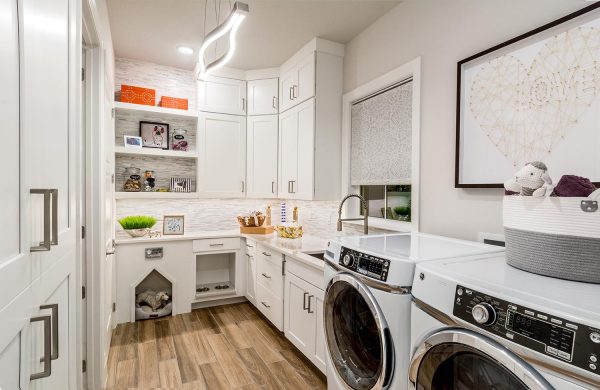
I have also seen them in secondary bathrooms or powder rooms. This works well for disposal of soiled litter and has an exhaust fan to clear the air. I don’t love either solution. I would love to hear from my readers for better solutions.
Pet-friendly communities should include dog parks and walking trails.
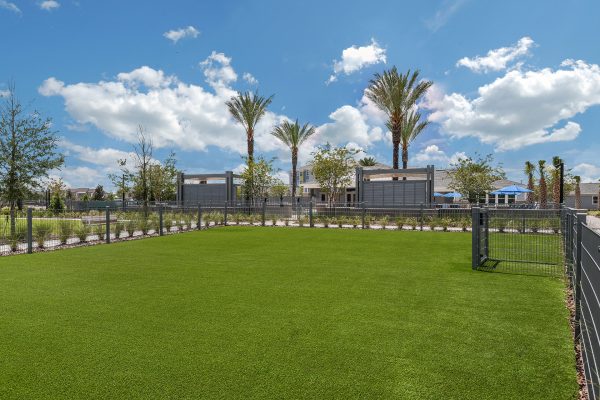
The community center or clubhouse is a great place for a dog shower or in the case of larger communities, a dog washing service.
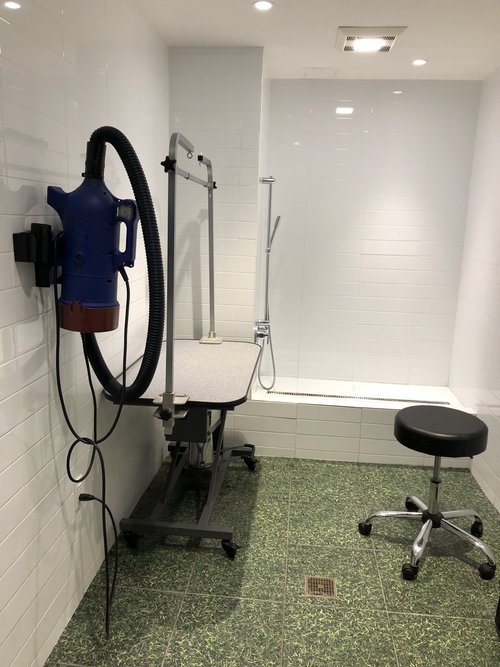
Live Life Better
Whether or not the above list prolongs life, at the very least, it can make life more enjoyable. And while this was written with aging adults in mind, much of it can apply to homeowners of all ages.
Categorized in: 55+, Uncategorized
This post was written by Housing Design Matters

